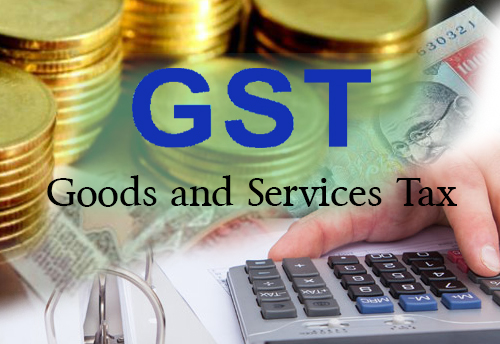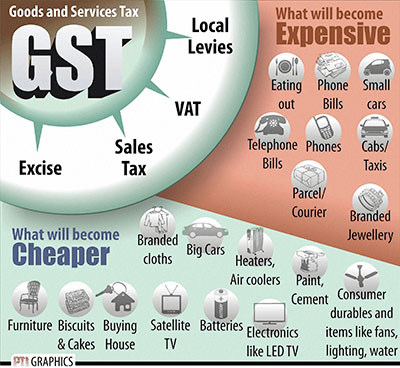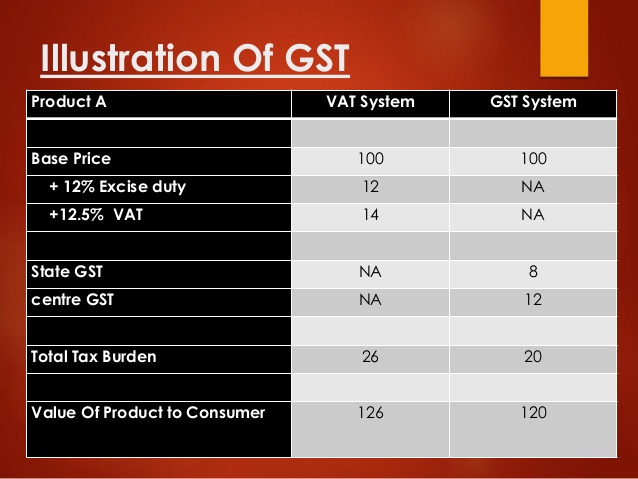
WHAT IS GST?
GST i.e.Goods and Service Tax is a unified tax that replaces several indirect taxesleviedby the Central Government and the State Government(s)....
Read more|
SECTION 92C OF THE INCOME-TAX ACT, 1961 - TRANSFER PRICING - COMPUTATION OF ARM'S LENGTH PRICE - CLARIFICATIONS ON FUNCTIONAL PROFILE OF DEVELOPMENT CENTERS ENGAGED IN CONTRACT R&D SERVICES WITH INSIGNIFICANT RISK - CONDITIONS RELEVANT TO IDENTIFY SUCH DEVELOPMENT CENTERS - AMENDMENT OF CIRCULAR NO. 3/2013, DATED 26-3-2013 CIRCULAR NO.06/2013 [F NO. 500/139/2012], DATED 29-6-2013 It has been brought to the notice of CBDT that there is divergence of views amongst the field officers and taxpayers regarding the functional profile of development centres engaged in contract R&D services for the purposes of determining arm's length price/transfer pricing. In some cases, while taxpayers insist that they are contract R&D service providers with insignificant risk, the TPOs treat them as full or significant risk-bearing entities and make transfer pricing adjustments accordingly. The issue has been examined in the CBDT. The Research and Development Centres set up by foreign companies can be classified into three broad categories based on functions, assets and risk assumed by the centre established in India. These are: 1. Centres which are entrepreneurial in nature; 2. Centres which are based on cost-sharing arrangements; and 3. Centres which undertake contract research and development. While the three categories are not water-tight compartments, it is possible to distinguish them based on functions, assets and risk. It will be obvious that in the first case the Development Centre performs significantly important functions and assumes substantial risks. In the third case, it will be obvious that the functions, assets and risk are minimal. The second case falls between the first and the third cases. More often than not, the assessee claims that the Development Centre in India must be treated as a contract R&D service provider with insignificant risk. Consequently, the assessee claims that in such cases the Transactional Net Margin Method (TNMM) must be adopted as the most appropriate method. The CBDT has carefully considered the matter and lays down the following guidelines for identifying the Development Centre as a contract R&D service provider with insignificant risk. 1. Foreign principal performs most of the economically significant functions involved in research or product development cycle either through its own employees or through its associated enterprises while the Indian Development Centre carries out the work assigned to it by the foreign principal. Economically significant functions would include critical functions such as conceptualization and design of the product and providing the strategic direction and framework; 2. The foreign principal or its associated enterprise(s) provides funds/capital and other economically significant assets including intangibles for research or product development. The foreign principal or its associated enterprise(s) also provides a remuneration to the Indian Development Centre for the work carried out by the latter; 3. The Indian Development Centre works under the direct supervision of the foreign principal or its associated enterprise which has not only the capability to control or supervise but also actually controls or supervises research or product development through its strategic decisions to perform core functions as well as monitor activities on regular basis; 4. The Indian Development Centre does not assume or has no economically significant realized risks. If a contract shows that the foreign principal is obligated to control the risk but the conduct shows that the Indian Development Centre is doing so, then the contractual terms are not the final determinant of actual activities; 5. In the case of a foreign principal being located in a country/territory widely perceived as a low or no tax jurisdiction, it will be presumed that the foreign principal is not controlling the risk. However, the Indian Development Centre may rebut this presumption to the satisfaction of the revenue authorities. Low tax jurisdiction shall mean any country or territory notified in this behalf under section 94A of the Act or any other country or territory that may be notified for the purpose of Chapter X of the Act; 6. Indian Development Centre has no ownership right (legal or economic) on the outcome of the research which vests with the foreign principal and that this is evident from the contract as well as from the conduct of the parties. The Assessing Officer or the Transfer Pricing Officer, as the case may be, shall have regard to the guidelines above and shall take a decision based on the totality of the facts and circumstances of the case. In doing so, the Assessing Officer or the Transfer Pricing Officer, as the case may be, shall be guided by the conduct of the parties and not merely by the terms of the contract. The Assessing Officer or the Transfer Pricing Officer, as the case may be, shall bear in mind the provisions of section 92C of the Act and Rule 10A to Rule 10C of the Rules. He shall also apply the guidelines enumerated above and select the 'most appropriate method'. The above may be brought to the notice of all concerned.
|

GST i.e.Goods and Service Tax is a unified tax that replaces several indirect taxesleviedby the Central Government and the State Government(s)....
Read more
In pre-GST regime, goodswere liable to: (i) Excise Duty- on manufacture of goods; (ii) VAT/CST- on sale of goods; (iii) Entry tax- on ...
Read more
GST is levied on every taxable person. Taxable person means a person who carries on any business at any place in India. Such . ..
Read more
GST is a unified tax which is levied on: (i) goods; (ii) services and (iii) a mix of goods and/or services. Any supply of goods or services . .. ...
Read moreGST India Solution is an effort of firm of professionals who welcome implementation of GST. This is an interactiveplatformthat aspires to disseminate right knowledge to professionals, practitioners and public at large. This platform has beenfloatedbya firm of Chartered Accountants relentlessly working in field of direct and indirect taxes since early 1985.
READ MORE
Our core competence is statutory compliance, advisory, corporate tax planning and appellate matters of direct and indirect taxesandcorporate training sessions on GST.
The senior partner of the firm has to his credit several professional publications viz., Delhi Sales Tax Right to Use Goods Act, Delhi VAT, Maharashtra VAT, West Bengal VAT, Haryana VAT published by Taxmann. Madhya Pradesh VAT and Chhattisgarh VAT were published by Suvidha Law House, Bhopal. He has also addressed seminars on indirect taxes organized by professional bodies like ICAI, IMA, NIFM etc. and has also contributed articles on subjects of pro. . . . .